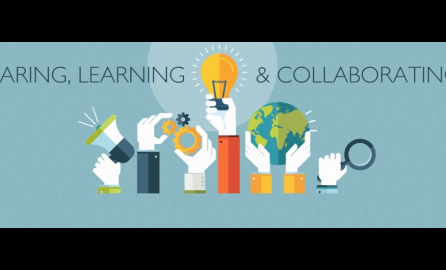4.1.2 Empirical versus normative approaches to the informal economy
As was discussed above, the phenomenon of informal economy has been intensively researched by academics since 1970’s, when several influential authors, such as Arthur Lewis (1954), assumed that the informal sector would gradually disappear with the increasing level of development. However, as the informal economy persisted, the governments started to be concerned with the phenomenon. One of the first motivations for the inference by governments was an attempt to increase the tax base by regularizing the informal activities (the success in taxation of informal activities is discussed in detail in Section 2.1 below). Another major motivation to deal with the informal sector was related to the need for increasing incomes and for extending rights and benefits to the people whose livelihood depends on the informal economy. Therefore, both national governments and international organizations have been paying increasing attention of the issues of informality. In doing so, they gradually developed their own views and stances towards the informal economy that determine their policy formulation.[1]
This process was guided by two main approaches – the empirical and normative one. The empirical approaches are characterised by a value-neutral stance, focused on explaining the state of affairs through observation. The normative approaches are focused on the exploitation of values and on achieving a desirable situation postulated in terms of these values.
In order to formulate certain value-based apparatus related to the informal economy, one has to provide responses to some basic questions. First of all, one has to ask - what is wrong with the informal economy? It has been admitted by many authors that the informal economy has certain positive features. Frequently quoted is its large potential for employment and the use of human resources that are untapped by the formal sector due to various barriers. Furthermore, the informal economy acts as a “fall-back” option, or the “employer of last resort”, for the people who could not find opportunities in the formal economy, and for those who lost their formal jobs during the times of economic recessions. Therefore, the informal economy is to an extent appreciated by the governments and international organisations and acting on it is subject to various warnings and limitations.
Despite the plethora of analyses, there is no internationally accepted approach towards the informal economy. Although most actors agree on the main fact - that it is desirable to reduce the extent of the informal economy, at the same time many appreciate the large potential of the informal economy in terms of use of labour resources, as well as cushioning effects that it provides by “mopping-up” the surplus labour that could not find jobs in the formal sector.
In the absence of a clear-cut technocratic solution to the problems of informality, governments and donors tend to shape their interventions using normative approaches based on their priorities, values, and ideological orientations. Therefore, in the common pursuit of reducing the informal economy, some governments may increase the regulations, monitoring and enforcement in order to get the informal economy into the spotlight, other governments may opt for decreasing regulations in the hope that absence of excessive regulations would induce a spontaneous formalization of informal economy units. Similarly, some donors and international organizations may advise to deregulate, decrease administrative barriers and tax burden, while others may on the contrary advise to introduce new social contributions or safety nets to cover the poor, and to improve monitoring and enforcement.
Since the adoption of the global poverty reduction goal in the late 1990’s, the Bretton Woods institutions have been converging towards a set of common goals (for details see Box 3 below). However, while this rapprochement is obvious in terms of common goals and targets (MDG’s, Agenda Post 2015, SDG’s), the approaches to achieving these goals vary widely across the whole spectrum of organizations (ranging from deregulating and decreasing the fiscal burden on one hand to increased monitoring, enforcement and introduction of new fiscal schemes to penetrate the informal economy on the other hand).
[1]. A major boost in this effort was provided by the recent focus on poverty reduction. This was due to the fact that a large part of the poor live and work in the informal economy. Therefore, the eradication of poverty is to a large extent linked to the activities going on in the informal economy.
